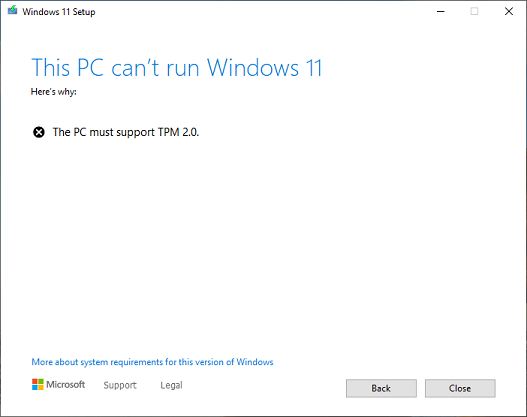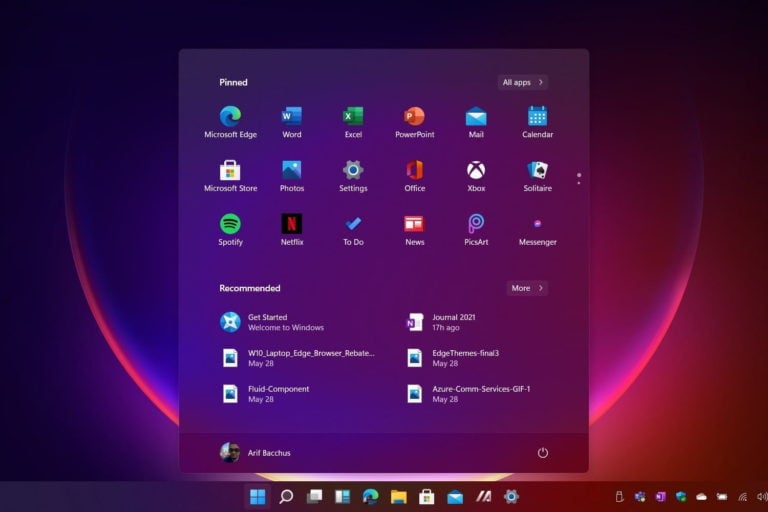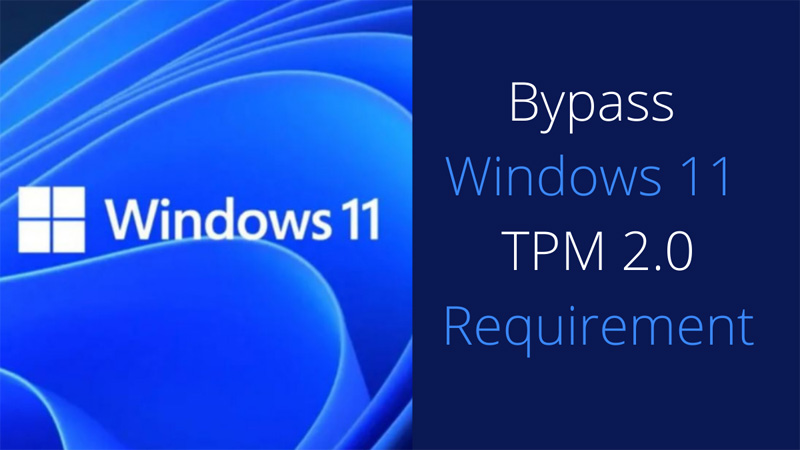
If this sounds a bit complicated, you can try a script that does more or less the same thing – but automatically. Click ‘Back’ and try installing Windows 11 again. Then close Registry Editor and go back to the Windows 11 installation tool. Name it ‘BypassTPMCheck’ and set the ‘Value Data’ to 1 and click ‘OK’.ĭo the same for BypassRAMCheck ‘and’ BypassSecureBootCheck ‘and make sure these keys also have ‘Value data’ set to 1. Right-click the LabConfig key you just created and select New > DWORD (32-bit) value. Name the new key ‘LabConfig’ (no quotes) and press Enter. In the left side menu, you should see ‘Configuration’ highlighted ‘. In the text box at the top of the window, type: This is a powerful tool that should only be used by people who know what they’re doing, so if you’re not feeling confident, skip to another way to do it.


Press back, and it will open up Registry Editor. When this happens, press the Windows key and R to open up the Run dialog box. When you run it, you will get a message that “This PC does not run Windows 11”. This will download the Windows 11 installer.

To install Windows 11 without TPM, go to the Windows 11 download page and click ‘Download Now’ in the ‘Windows 11 Setup Wizard’ section. While some people can enable TPM support through their BIOS or even buy a TPM module to install on their machine, there are ways to run Windows 11 without TPM support. This has caused many people with reasonably powerful and recent PCs to find that they cannot upgrade to Windows 11, even though the rest of the hardware meets the minimum system requirements for Windows 11. However, Microsoft insisted that Windows 11 can only run on TPM 2.0 devices.

It’s quite useful feature, and one you shouldn’t even know you need. It is a physical chip included in many modern PCs (or built into their processors) that is a “secure cryptoprocessor” designed to make your device more secure by preventing malicious software from running. TPM 2.0 explainedīefore the Windows 11 announcement, few people really noticed the TPM, which is short for Trusted Platform Module. Before starting, this process is only for people who have a modern PC that doesn’t support TPM 2.0 and therefore cannot easily upgrade to Windows 11.


 0 kommentar(er)
0 kommentar(er)
